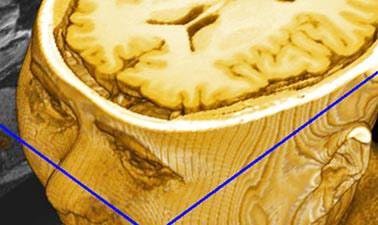MOOC List is learner-supported. When you buy through links on our site, we may earn an affiliate commission.

MOOC List is learner-supported. When you buy through links on our site, we may earn an affiliate commission.
This medical imaging course provides an introduction to biomedical imaging and modern imaging modalities. The course also covers the basic scientific principals behind each modality, and introduces some of the key applications, from neurological diseases to cancers. This course includes modules specially designed for the general public, whilst also providing some advanced modules which could contribute to professional development in health, engineering and IT industries.
What you'll learn:
- Why there is a need for different imaging modalities
- The basic principles of each modality and the terminology used
- The patient experience and why things happen during the imaging procedure
- How to select the most suitable modality for a given clinical case
- How to provide basic advice on imaging modalities to your peers
Additionally, in the 'advanced' sections in the course you'll learn:
- How an image is reconstructed / visualized OR
- The principles of image post-processing
Syllabus
The Introduction to Biomedical Imaging course incorporates a case study which is introduced at the start of each episode. This case study will follow a hypothetical patient required to undergo various imaging modalities for a medical condition.
For each episode we include information relevant to that modality and the basic scientific principles, hardware and technology, and clinical applications.
- In episode 1, we'll consider x-rays.
- In episode 2, we'll explore computerised tomography (CT).
- In episode 3, you'll learn about ultrasound (U/S).
- In episode 4, we'll discuss magnetic resonance imaging (MRI).
- In episode 5, you'll learn about PET and SPECT.
Each episode will include several short quizzes which will not contribute to your final grade and will help you understand the key points.
To complete the course, the assessment is a marked quiz for each episode that will contribute to your final grade, plus a final assessment called Assessment Scenarios at the end of the course. Assessment Scenarios involve reviewing 2 case studies/scenarios and answering questions related to imaging modalities of relevance.
MOOC List is learner-supported. When you buy through links on our site, we may earn an affiliate commission.
MOOC List is learner-supported. When you buy through links on our site, we may earn an affiliate commission.
